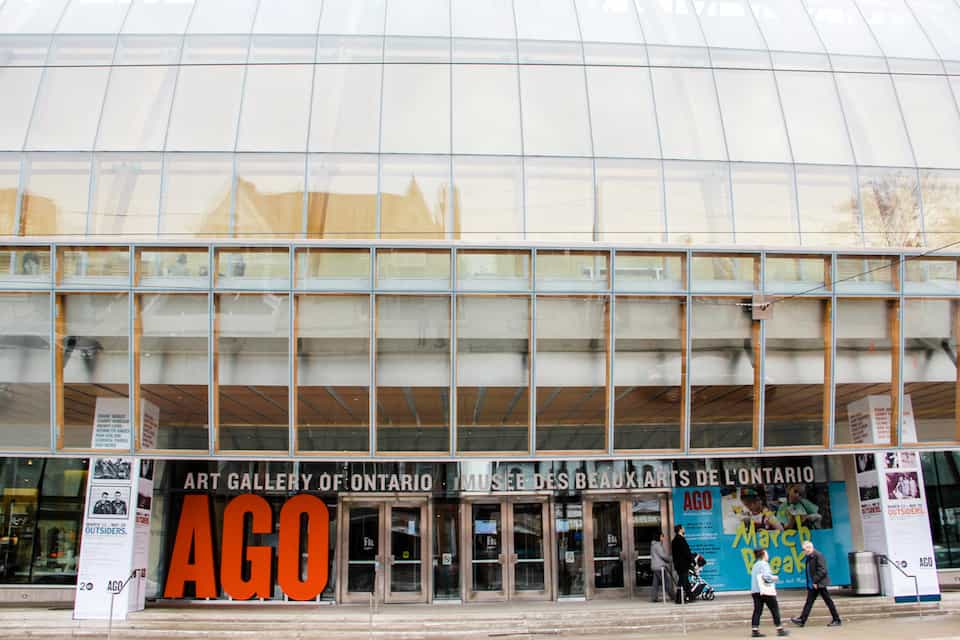I was overwhelmed; I was late; I was sweating; and I was uncertain of where to go. I had just stepped into the Art Gallery of Ontario (AGO), where I was about to attend my first ever Wikipedia Edit-a-thon. The edit-a-thon was hosted by the AGO as part of the Art + Feminism initiative.
After some searching — namely, wandering aimlessly for about 10 minutes — I found the staircase to the Education Commons where the event was supposed to take place. Upon turning the corner I was trampled by a flock of screaming children. As I quickly discovered, the Education Commons is right beside the Hands on Learning Centre, where parents drop off their kids after they start manhandling Group of Seven paintings with their sticky fingers. Once my head stopped spinning and my ears ceased ringing, I looked over to a row of tables where people were diligently typing away on their laptops. The serenity of their focus immediately set me at ease. I walked to the information table and was greeted by a friendly volunteer who kindly forgave me for being late and created my first Wikipedia account.
With my first task completed and my anxious stomach settled, I made a beeline for the refreshments. Cookie crumbs raining down my chin, I followed a volunteer’s pointed finger towards a tutorial where I would learn the basics of Wikipedia editing.
The tutorial was full of women being instructed by Amy Furness, known on Wikipedia as ‘Artchivist1.’ Furness, the primary organizer of the Toronto event, has a quiet intensity and a clear passion for Wikipedia. She informed us that these events were happening all over the world. As she pointed out, according to the Wikimedia Foundation, only 10 per cent of Wikipedia contributors identify as female.
Art + Feminism believes this leads to a gender imbalance in content. The initiative’s overall goal for an edit-a-thon event is to focus on using Wikipedia to highlight women who have made significant contributions to art and are underrepresented on the online encyclopedia.
Thanks to Furness, I began to feel fully equipped with the basics of Wikipedia etiquette and coding. In the main hall where we were to commence our “quilting bee,” as one volunteer described the event, people with yellow stickers that said ‘WIKI’ started showing up. The WIKIs were available to answer any questions that newbies like us might have.
I spoke with one woman, Anne, who is a Wikipedia administrator. She helped me out when I encountered trouble with my edits. Anne is a lively retiree with a Wi-Fi stick that she takes with her everywhere. The stick allows her to edit on the GO train or in the car. She told me that she has edited over 60,000 Wikipedia articles. She joked that editing Wikipedia articles was much better than doing crosswords in order to pass the time. I have to agree.
I felt an enormous sense of accomplishment upon editing my first article. The first edit I made was to add an ‘a’ to a sentence in an article about a Canadian painter and sketch artist named Caroline Armington. The AGO library was co-hosting the event, so their staff were available to help the editors using the library resources. I was given a file on Armington, full of newspaper clippings and other fact sheets. By the end of the event I had only had enough time to start fixing minor errors on Armington’s article. Even though I made little headway, I was immediately hooked. I felt as though I was contributing to history and to posterity, my focus interrupted only by the screams of the playing children. “This is for you!” I yelled, as I shook my fist at them jokingly.


